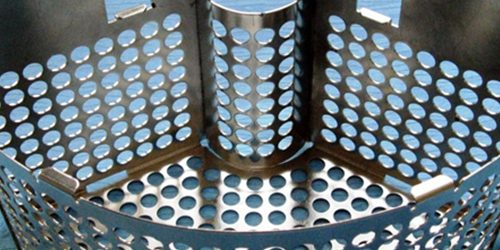Resistance welding is a method that uses the resistance heat generated by the current passing through the weldment and the contact area as the heat source to locally heat the weldment and apply pressure at the same time for welding. Its principle is to heat the weldment to a molten or plastic state through the resistance heat effect generated by the current flowing through the contact surface of the workpiece and adjacent areas, so as to form a metal bond.
The specific applications of resistance welding are as follows:
– **Application in automobile manufacturing**: Resistance welding is one of the commonly used welding methods in automobile manufacturing and can be used for welding parts such as the body, chassis, and engine. – **Application in the aerospace field**: Resistance welding can be used for welding parts such as aircraft fuselages, wings, and engines, and can meet the high requirements for welding quality and reliability in the aerospace field.
– **Application in the electronics industry**: Resistance welding can be used for welding electronic components, circuit boards, etc., and has the advantages of fast welding speed and high welding quality.
– **Application in other fields**: Resistance welding can also be used for welding in fields such as home appliances, hardware, and construction.






